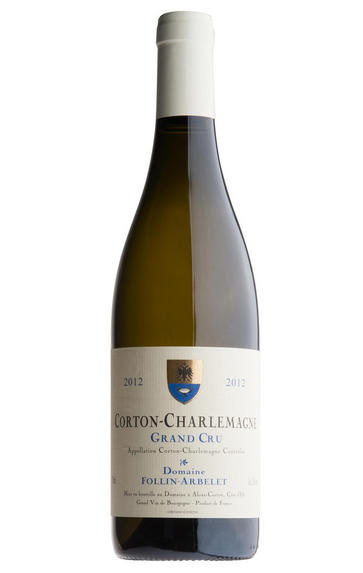
2012 Corton-Charlemagne, Grand Cru, Domaine Follin-Arbelet, Burgundy
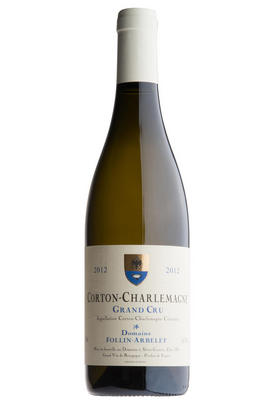
About this WINE
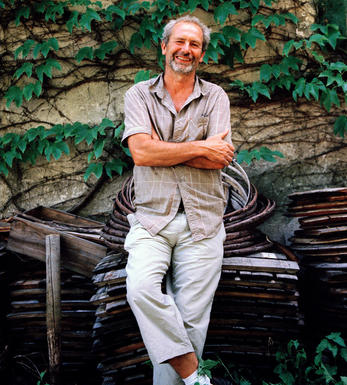
Domaine Follin-Arbelet
Franck’s ancestors owned vineyards in Aloxe-Corton, which they sold off towards the end of the 19th century.
As a child, he spent holidays in the village, working part-time in the vineyards and, in due course, marrying a local girl, Christine. Her family had some vines – enough for Franck to set up as a vigneron in 1993, subsequently adding further vines through rental agreements. In 2017, Franck was joined at the domaine by his son, Simon.
In the vineyard
Franck favours the most simple and natural form of farming possible. The grapes are entirely destemmed, vinified in wooden vats for about two weeks. The wines are aged for 18 months in barrel, initially with 20 to 25 per cent new wood before racking into older casks after 12 months.
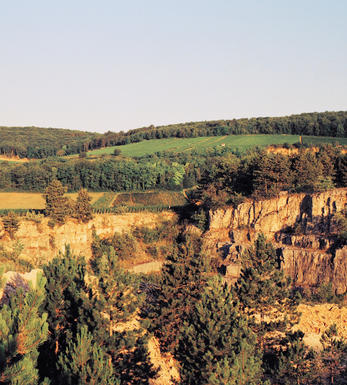
Aloxe Corton
These two Grand Cru vineyards, Corton and Corton-Charlemagne, lie astride three villages at the northern end of the Côte de Beaune: Ladoix, Aloxe-Corton and Pernand-Vergelesses. The main body of the hill of Corton faces due south, with an extended flank exposed to the east, and another facing westwards. The white wines mostly come from west and south-west expositions, along with a narrow band around the top of the hill.
The Emperor Charlemagne owned vines here in the eighth century, and legend has it that his wife insisted he planted white grapes so as not to spill red wine down his beard and clothes. Corton-Charlemagne is always white and there is also a theoretical Grand Cru appellation called, simply, Charlemagne, which is never used. Corton is almost entirely red but there are a few white wines too.Ladoix is a rarely-seen appellation, as most wine here are sold as Côte de Beaune Villages. Aloxe-Corton is better-known, but as with Ladoix the best vineyards have been designated as Corton and Corton-Charlemagne.
There are also 25 lieux-dits that may be used on wine labels, together with Corton: Les Bressandes, Les Chaumes, Clos des Meix, Clos du Roi, Les Combes, Le Corton, Les Fiètres, Les Grèves, Les Manguettes, Les Maréchaudes, Le Meix Lallemand, Les Paulands, Les Perrières, Les Pougets (Pougeots), Les Renardes, La Vigne au Saint, Les Basses Mourottes, Les Carrières, Clos des Cortons Faiveley, Les Grandes Lolières, Le Rognet et Corton, La Toppe au Vert and Les Vergennes.
- 90 hectares of village Aloxe-Corton
- 38 hectares of Premier Cru Aloxe-Corton
- 118 hectares of village Ladoix
- 14 hectares of Premier Cru Ladoix
- 72 hectares of Corton-Charlemagne. The finest from En Charlemagne (Pernand) and Le Charlemagne (Aloxe)
- 160 hectares of Corton. The best from Clos du Roi, Bressandes, Pougets
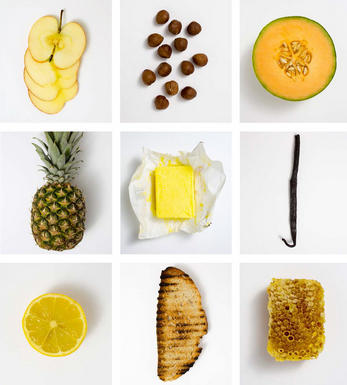
Chardonnay
Chardonnay is often seen as the king of white wine grapes and one of the most widely planted in the world It is suited to a wide variety of soils, though it excels in soils with a high limestone content as found in Champagne, Chablis, and the Côte D`Or.
Burgundy is Chardonnay's spiritual home and the best White Burgundies are dry, rich, honeyed wines with marvellous poise, elegance and balance. They are unquestionably the finest dry white wines in the world. Chardonnay plays a crucial role in the Champagne blend, providing structure and finesse, and is the sole grape in Blanc de Blancs.
It is quantitatively important in California and Australia, is widely planted in Chile and South Africa, and is the second most widely planted grape in New Zealand. In warm climates Chardonnay has a tendency to develop very high sugar levels during the final stages of ripening and this can occur at the expense of acidity. Late picking is a common problem and can result in blowsy and flabby wines that lack structure and definition.
Recently in the New World, we have seen a move towards more elegant, better- balanced and less oak-driven Chardonnays, and this is to be welcomed.


Buying options
Add to wishlist
Description
A very promising, concentrated nose, with a touch of banana, but fresh and exciting white fruit and blossom too. This swells into a glorious, full mouthful, yet with a fine tingling character throughout. Very persistent. One of the best examples of this appellation.
Jasper Morris MW, Burgundy Wine Director
Franck Follin-Arbelet’s domaine, based in Aloxe-Corton, makes its first appearance in our 2012 En Primeur offer. He doesn’t own many vineyards, and they aren’t in the trendiest part of the Côte, but he makes sublime wines in a very pure, understated style. As a child Franck spent holidays in the village, then worked part-time in the vineyards, in due course marrying a local girl whose family had some vineyards – enough for Franck to set up as a vigneron in 1993, subsequently adding further vines through rental agreements. Overall his 2012 crop was down by 30% to 50%.
wine at a glance
Delivery and quality guarantee